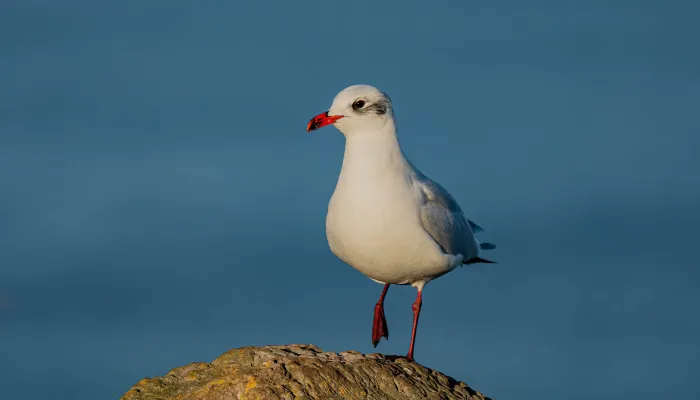| Statistics | |
|---|---|
| Length: | 37cm - 40cm |
| Wingspan: | 94cm - 102cm |
Once a rare visitor to the UK, this striking gull is now found nesting here in large colonies.
About
In the mid 20th century, the Mediterranean gull was considered a rare visitor to the UK. However, over the latter half of the century, sightings became increasingly common as Mediterranean gulls spread across Europe from their core range around the Black Sea. They first nested in the UK in 1968 and by 2017 the population was estimated at 1,200 pairs. They often nest amongst colonies of black-headed gulls on coastal wetlands.
As the name suggests, the main wintering area for much of the European population is in the Mediterranean, but many birds will spend the winter in the UK. They can often be found at coastal sites, or joining large gull roosts on inland lakes and reservoirs.
How to identify
The Mediterranean gull is very similar to the black-headed gull, but is slightly larger and has a shorter, heavier beak. In summer, adults have a very pale grey back (paler than a black-headed gull), pure white wing tips, and a jet black hood covering their whole head - much darker than the mask of a black-headed gull. Their legs and beak are a bright, blood red. In winter, the legs are duller and the black hood is replaced by a dark mask that extends back from the eye and over the top of the head. Mediterranean gulls often give away their presence with their distinctive call: a nasal, slightly whining 'yeah'.
Did you know?
The first pair of Mediterranean gulls to nest in Britain raised two young in Hampshire in 1968. Just 50 years later, another site in Hampshire recorded an astonishing 1,736 nesting pairs in one summer.

